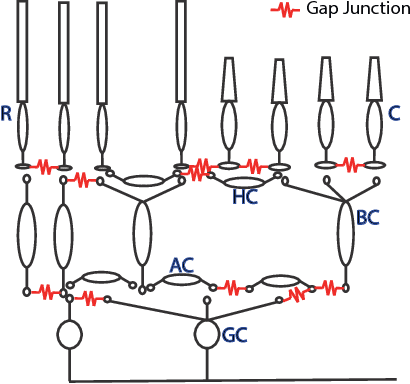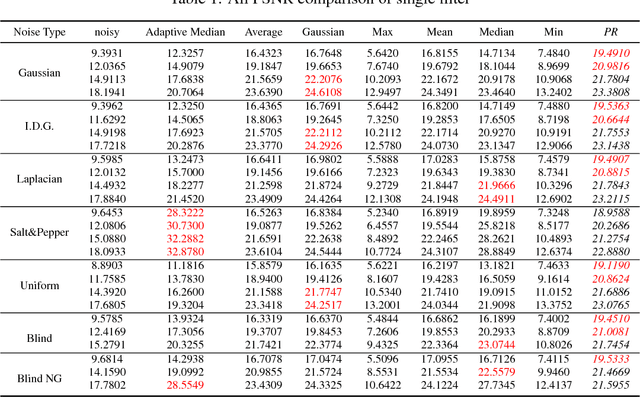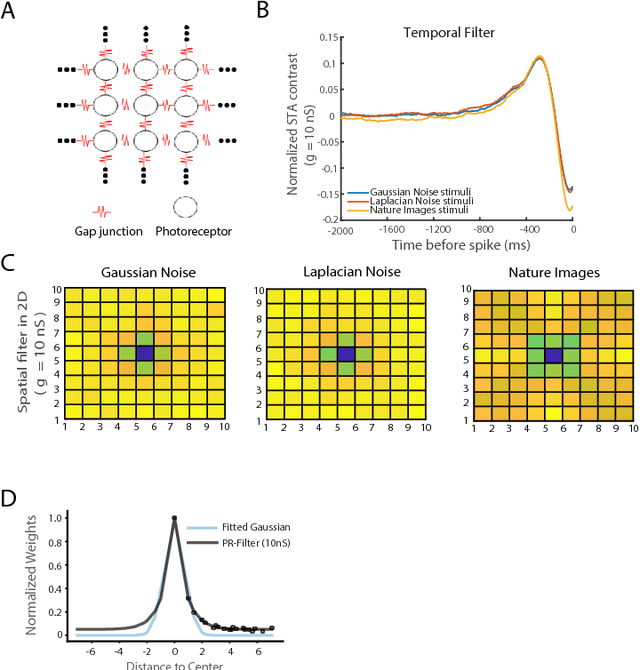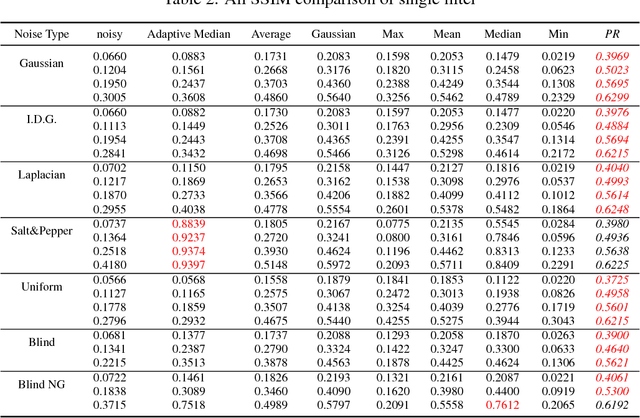Liuyuan He
Human Perception-based Evaluation Criterion for Ultra-high Resolution Cell Membrane Segmentation
Oct 16, 2020



Abstract:Computer vision technology is widely used in biological and medical data analysis and understanding. However, there are still two major bottlenecks in the field of cell membrane segmentation, which seriously hinder further research: lack of sufficient high-quality data and lack of suitable evaluation criteria. In order to solve these two problems, this paper first proposes an Ultra-high Resolution Image Segmentation dataset for the Cell membrane, called U-RISC, the largest annotated Electron Microscopy (EM) dataset for the Cell membrane with multiple iterative annotations and uncompressed high-resolution raw data. During the analysis process of the U-RISC, we found that the current popular segmentation evaluation criteria are inconsistent with human perception. This interesting phenomenon is confirmed by a subjective experiment involving twenty people. Furthermore, to resolve this inconsistency, we propose a new evaluation criterion called Perceptual Hausdorff Distance (PHD) to measure the quality of cell membrane segmentation results. Detailed performance comparison and discussion of classic segmentation methods along with two iterative manual annotation results under existing evaluation criteria and PHD is given.
A simple blind-denoising filter inspired by electrically coupled photoreceptors in the retina
Aug 27, 2018



Abstract:Photoreceptors in the retina are coupled by electrical synapses called "gap junctions". It has long been established that gap junctions increase the signal-to-noise ratio of photoreceptors. Inspired by electrically coupled photoreceptors, we introduced a simple filter, the PR-filter, with only one variable. On BSD68 dataset, PR-filter showed outstanding performance in SSIM during blind denoising tasks. It also significantly improved the performance of state-of-the-art convolutional neural network blind denosing on non-Gaussian noise. The performance of keeping more details might be attributed to small receptive field of the photoreceptors.
 Add to Chrome
Add to Chrome Add to Firefox
Add to Firefox Add to Edge
Add to Edge